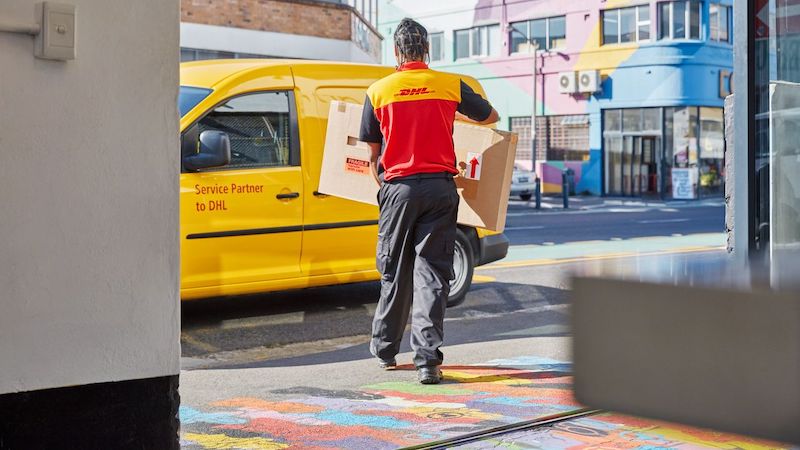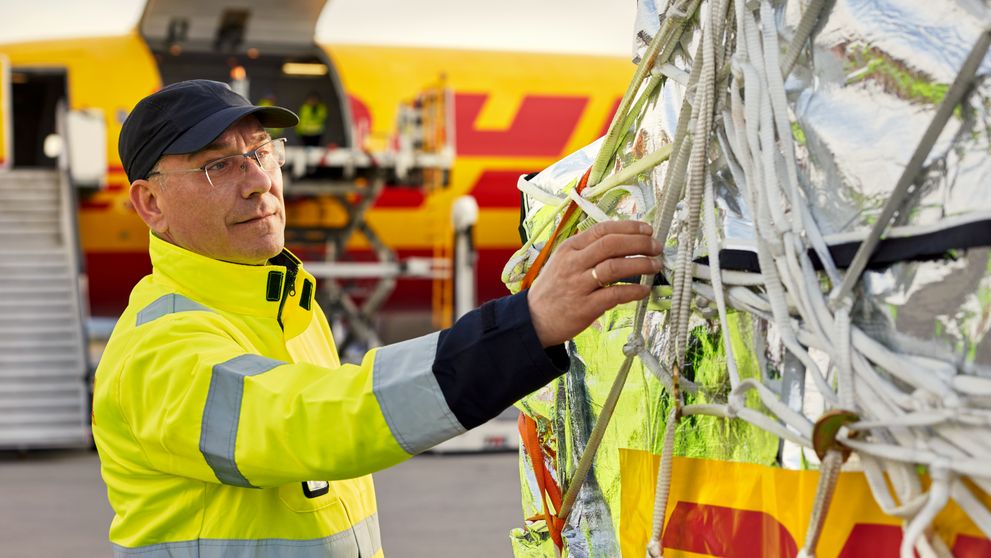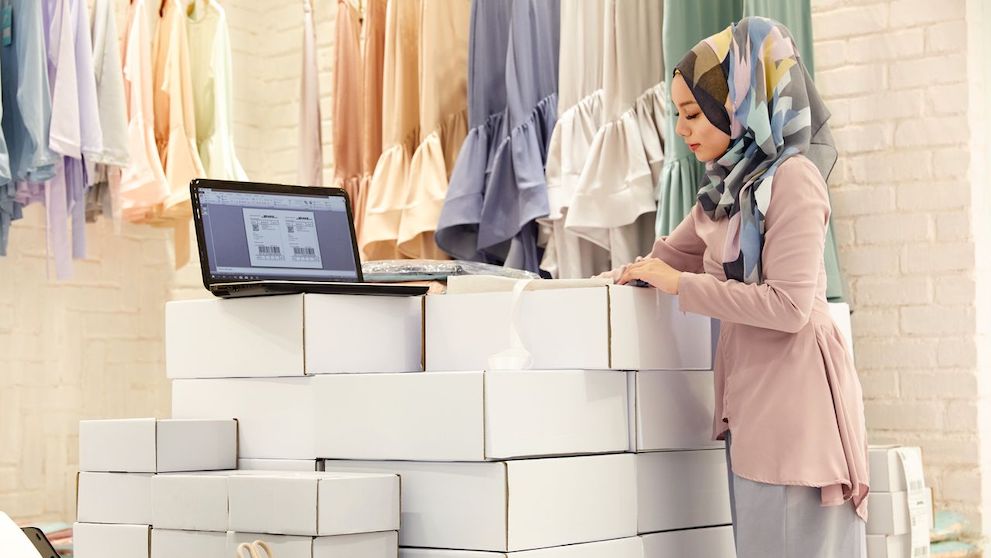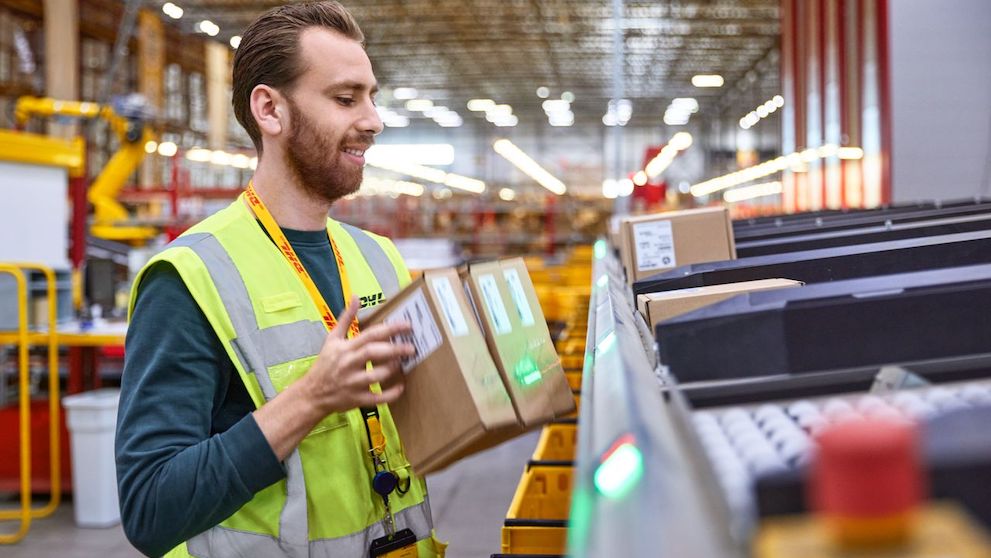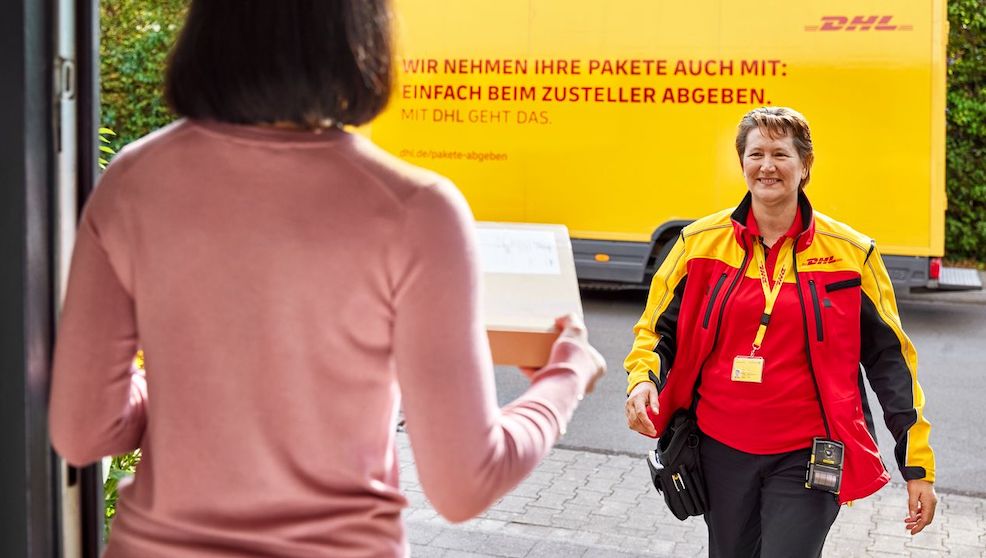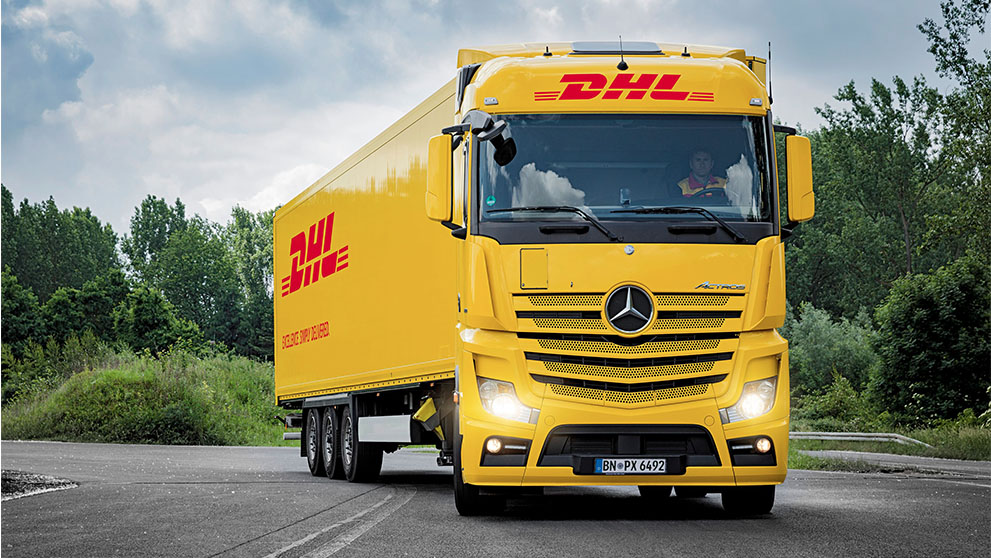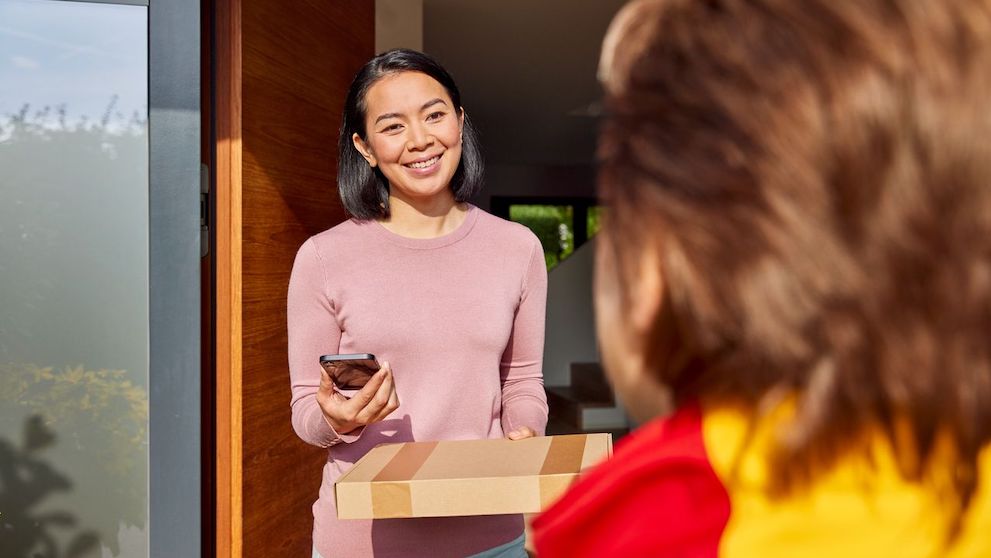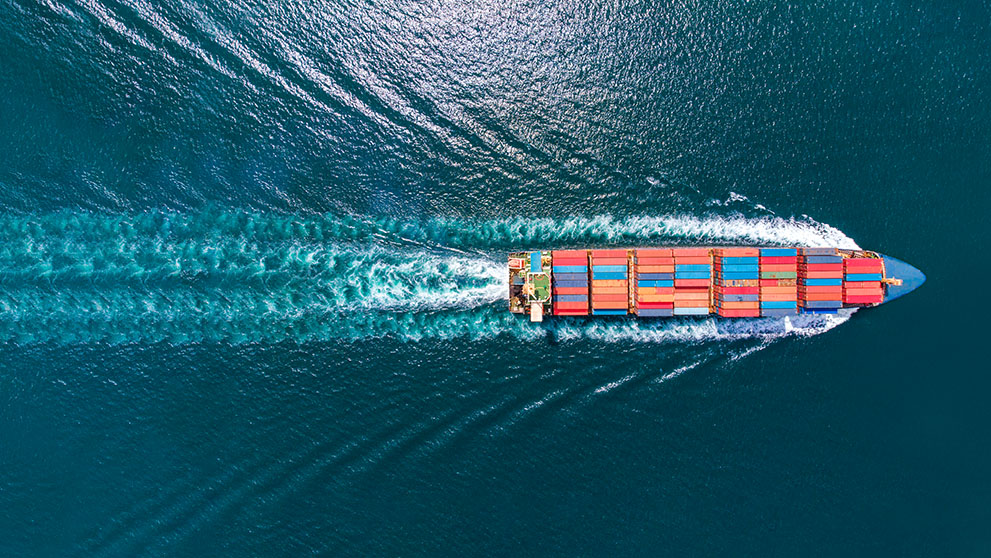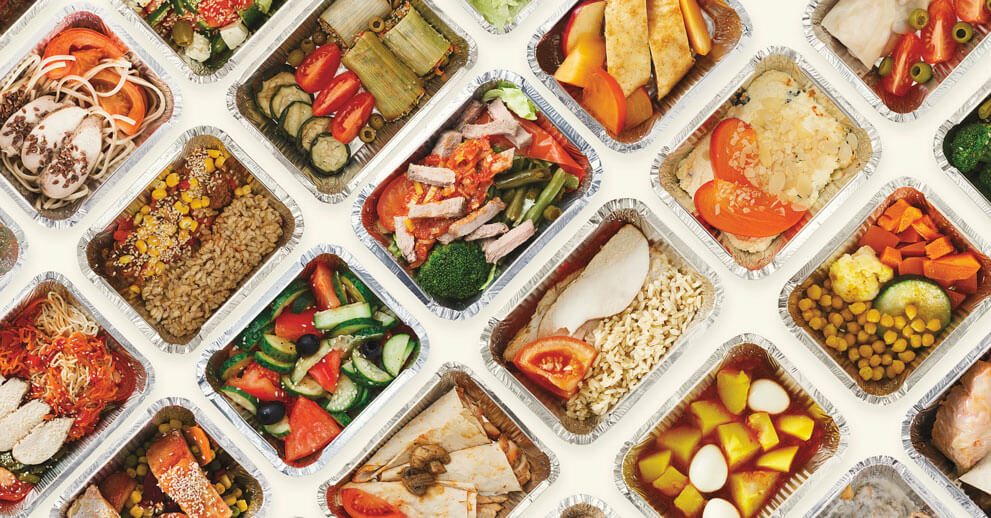With more Asia Pacific countries removing import tariffs on Australian chocolate through free trade agreements (FTA), businesses in the chocolate industry looking to ship internationally can capitalise on opportunities presented when they study the intricacies of the region’s chocolate market.
The demand for chocolate is prevalent across the globe, whether it comes in a heart-shaped packaging box on Valentine’s Day or in a chocolate milk carton at the supermarket. According to Fortune Business Insights, currently, the global chocolate and cocoa market is valued at US$48 billion and is projected to reach US$67 billion by 2029.
While Belgium, Switzerland and France have much renown in the chocolate trade as some of the top exporting countries, Australia-made chocolate doesn’t fall too far behind on the list with a market value of US$3.45 billion in 2021 that is expected to reach US$5.4 billion in 2027, as found by Business Wire.
According to TechSci Research, cConsumer preference for organic and natural products plays a key factor in boosting the aforementioned market growth as more Australian brands lean toward ethically-sourced cocoa procurement, and the production of vegan, gluten-free as well as sugar-free choices.
In 2020, Australia exported US$233 million in chocolate and other food preparations containing cocoa, as found by Trend Economy, which makes the trade highly lucrative. If you are an Australian business owner looking to ship chocolate products overseas to cater to health-conscious consumers, you need to consider the must-knows surrounding cross-border import, export, customs clearance and more importantly, which are the biggest foreign markets to enter.
Expanding your business into Asia Pacific chocolate markets
According to Fortune Business Insights, tThe chocolate and cocoa market size in Asia Pacific is projected to reach US$8,892 million by 2027, exhibiting an expected compound annual growth rate (CAGR) of 5.42% each year. Much like the Australian market, the driving force behind Asia Pacific’s market growth can be attributed to emerging trends of healthier consumption of low-fat and sugar-free chocolate. Australian chocolate brands are also gradually following suit in the shift towards producing organic chocolate that is free from dairy, gluten, soy, sugar, GMO ingredients and artificial ingredients. This creates opportunities for chocolate manufacturers and e-commerce companies in Australia to expand their businesses into the different Asia Pacific markets. Discover some tips on how to do so below.
1. Understand the chocolate market
Before you venture into a foreign market, it is important to have a business strategy to ensure that your products will be well-received abroad. This includes studying the country’s culture, language, technology and spending power. This way, you can modify or adapt your business model to better accommodate consumer preferences in the respective countries. You should also source for a local partner to establish a joint venture with.
Understanding your target market will give you greater insight into how you can conduct your business in markets abroad more effectively.
2. Do your research on chocolate export customs, rules and regulations
When shipping your products internationally, businesses need to consider customs, rules and regulations on Australian chocolate exports. There are several things to prepare beforehand to ensure a smooth process that allows for timely order fulfilment. These include the required documentation to ensure your products reach their destination safely, identifying intellectual property concerns, obtaining relevant export permits or licences, screening your local partners for export transactions, and other steps necessary. Ensuring your business is compliant with Australian export regulations will help protect you from potential export violations.
How to package your chocolate for international shipping
Shipping chocolate overseas can be vexing as it entails challenges such as preventing your product from melting before it gets to its intended destination. Read on to find out how to safely ship your chocolate from Australia to your customers with these packaging tips:
1. Consider the melting temperatures of the chocolate that you are shipping internationally
Different types of chocolate melt at varying temperatures, depending on the amount of ingredients added like cocoa, sugar and milk. It is vital to check this before shipping overseas so that you can gauge how many cooling packs are needed.
2. Cool the chocolate prior to shipping them out
It is important to store the chocolate in a cool and well-refrigerated area to retain their temperature before the delivery pick-up or before you mail them out.
3. Check international shipping times
Timing is important when it comes to delicate products such as chocolate. The fastest option will be the most practical as it reduces the chances of it melting under warmer weather conditions. It is also recommended that you arrange for a delivery pick-up or send them out at the beginning of the week so that your shipments will not get stored at a depot over the weekend.
4. Package your chocolate securely
To ensure that your chocolate is delivered in perfect condition, it is essential that you invest in good-quality packaging as well as take note of the specific requirements when packing. If you are shipping in bulk, bubble wrap is an efficient tool to stabilise the chocolate and can minimise the impact on bumpy roads. Cooler boxes with cooling agents such as gel packs are also a must when shipping chocolate so as to maintain the temperature of your goods. Remember to seal your package securely with adhesive tape.
Choose DHL Express to elevate your international shipping experience
At DHL Express, we understand how important it is to have a reliable delivery service handle your temperature-sensitive shipments. Choose us to help you ship your chocolate overseas with confidence and enjoy last-mile visibility, faster shipping times and maximum security.
DHL Express operates in over 220 countries and territories all across the globe and has comprehensive experience in navigating international borders and customs requirements. If you are an Australian business owner looking to export your chocolate into different Asia Pacific markets, we have solutions and services in place to help you develop an effective logistics strategy and ship internationally with ease and convenience. Contact us today to find out more.

